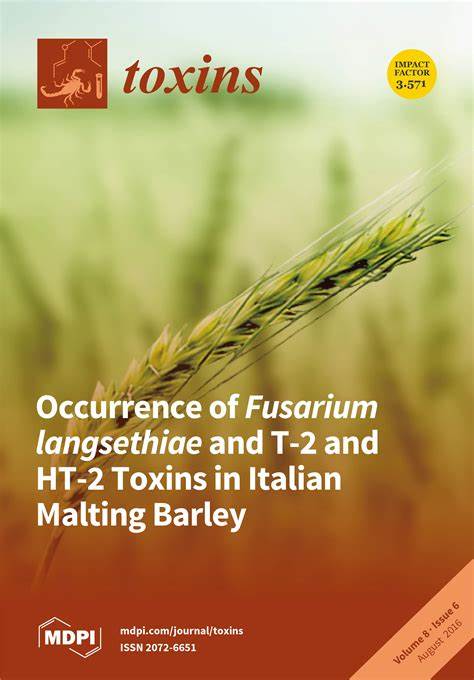使用肉毒杆菌毒素对中风后痉挛进行长期管理:回顾性研究
IF 3.9
3区 医学
Q2 FOOD SCIENCE & TECHNOLOGY
引用次数: 0
摘要
中风引起的痉挛是影响中风幸存者的一种常见病,严重影响他们的生活质量。肉毒杆菌毒素 A 注射被广泛用于治疗该病,但其长期效果和最佳治疗策略仍不确定。这项回顾性研究分析了 95 名因痉挛而接受长期 BoNT-A 治疗的慢性中风患者的医疗记录。研究人员对患者的人口统计学数据、治疗持续时间、剂量变化和退出率进行了评估,时间跨度从 2 年到 14 年不等。研究显示,在整个治疗过程中,BoNT-A 注射的间隔时间明显延长。辍药率在治疗的最初 5 年达到峰值,这可能是由于认为治疗无效所致。此外,在所有组别中都观察到了剂量递增的趋势,这表明随着时间的推移,痉挛的严重程度可能会增加或治疗反应会发生变化。BoNT-A 注射是控制卒中后痉挛的主要治疗选择。BoNT-A治疗的延迟启动凸显了医护人员需要提高意识,及时识别和处理卒中后痉挛。应明确患者的期望和治疗目标,以优化治疗的依从性,同时观察到的剂量和治疗间隔的升级强调了痉挛的动态性质,并突出了监测长期治疗效果的重要性。本文章由计算机程序翻译,如有差异,请以英文原文为准。
Long-Term Management of Post-Stroke Spasticity with Botulinum Toxin: A Retrospective Study
Stroke-induced spasticity is a prevalent condition affecting stroke survivors, significantly impacting their quality of life. Botulinum Toxin A injections are widely used for its management, yet the long-term effects and optimal management strategies remain uncertain. This retrospective study analyzed medical records of 95 chronic stroke patients undergoing long-term BoNT-A treatment for spasticity. Demographic data, treatment duration, dosage variability, and dropout rates were assessed over a period ranging from 2 to 14 years. The study revealed a notable extension of the interval between BoNT-A injections throughout the treatment duration. Dropout rates peaked during the initial 5 years of treatment, perhaps due to perceived treatment ineffectiveness. Additionally, a trend of escalating dosage was observed across all groups, indicating a potential rise in the severity of spasticity or changes in treatment response over time. BoNT-A injections emerged as the predominant treatment choice for managing post-stroke spasticity. The delayed initiation of BoNT-A treatment underscores the need for heightened awareness among healthcare providers to recognize and manage spasticity promptly post-stroke. Patients’ expectations and treatment goals should be clearly defined to optimize treatment adherence, while the observed escalation in dosage and treatment intervals emphasizes the dynamic nature of spasticity and underscores the importance of monitoring long-term treatment outcomes.
求助全文
通过发布文献求助,成功后即可免费获取论文全文。
去求助
来源期刊

Toxins
TOXICOLOGY-
CiteScore
7.50
自引率
16.70%
发文量
765
审稿时长
16.24 days
期刊介绍:
Toxins (ISSN 2072-6651) is an international, peer-reviewed open access journal which provides an advanced forum for studies related to toxins and toxinology. It publishes reviews, regular research papers and short communications. Our aim is to encourage scientists to publish their experimental and theoretical results in as much detail as possible. There is no restriction on the length of the papers. The full experimental details must be provided so that the results can be reproduced.
 求助内容:
求助内容: 应助结果提醒方式:
应助结果提醒方式:


